Bubble gum brains fill the seats in Mrs. Beaver's kindergarten classroom
Students develop individual learning goals; encouraged to be independent learners
Off the cuff, being accused of having a bubble gum brain may sound a bit insulting, but for Mrs. Andrea Beaver’s kindergarten students, it’s a welcomed compliment, and the expectation.
Mrs. Beaver’s class has been learning about the importance of having bubble gum brains (a growth mindset belief that talents and knowledge can be developed) verses having brick brains (a fixed mindset belief that talents and knowledge are innate gifts).
These concepts originate from children’s author Julia Cook, whose picture book, Bubble Gum Brain: Ready, Get Mindset . . . Grow!, teaches the valuable lesson that “becoming is better than being.”
In kindergarten, the word “YET” has been a very important word this year . . . so important that it is posted on one of Mrs. Beaver’s classroom walls in huge yellow letters!
In kindergarten, as in all grades, students are introduced to a lot of new concepts, and inevitably, there are many skills that they may not be able to do, YET.
As a wonderful sign that they are embracing the growth mindset, Mrs. Beaver’s kids attach the word “YET” to their “I can’t” sentences. They use this important word to encourage and remind themselves and their friends that if they keep working hard and stretching their “bubble gum brains,” then whatever skill they are working on will become easier.
“Kids are exposed to a lot of difficult things during their time in and out of school,” Beaver commented. “If kids have a little understanding of how their brains work and are able to control their mindset, they won’t get too discouraged when they encounter tricky things; instead, they will work through them, trying multiple different ways if necessary.”
Achievement is different for everyone, and to help stretch their bubble gum brains, Beaver works with each student on setting their own learning goals.
Students have time during the week to work on their learning goals when they visit the YET station during their small group rotations. That’s the area of the room dominated by those big yellow letters.
Each child chooses what they want to learn, or in which skill they would like to improve, and draws it on a white square. Students then post their squares inside one of the letters of the giant yellow YET.
At the YET station there are materials for them to use to work on meeting their goals. All of the work and learning are completed by the kids, with assistance from teachers offered as needed.
When children meet a goal, their white square is moved to the outside of the YET. Then they repeat the process by creating a new picture with a new goal.
The teachers are always reminding their students that they are teaching themselves new things, and that, in Beaver’s words, is “pretty darn cool!”
Teachers know that being a life-long learner is best accommodated by being an independent learner.
“I want all of my students to know that they can teach themselves so many different things, and that not all learning needs to be directed by the teacher,” Beaver said. “I want to encourage them to go out and seek new information and knowledge on their own. Creating a love of learning is so important when they are young!”
Learning goals that have been chosen by kids include skills associated with journal/sentence writing, number writing, tying shoes, sight word recognition, letter writing, letter sounds, and being better readers.
Needless to say, there is frequent celebration in Mrs. Beaver’s classroom . . . and a lot of mask-hidden smiles . . . every time a learning goal is reached, and that’s also pretty darn cool!
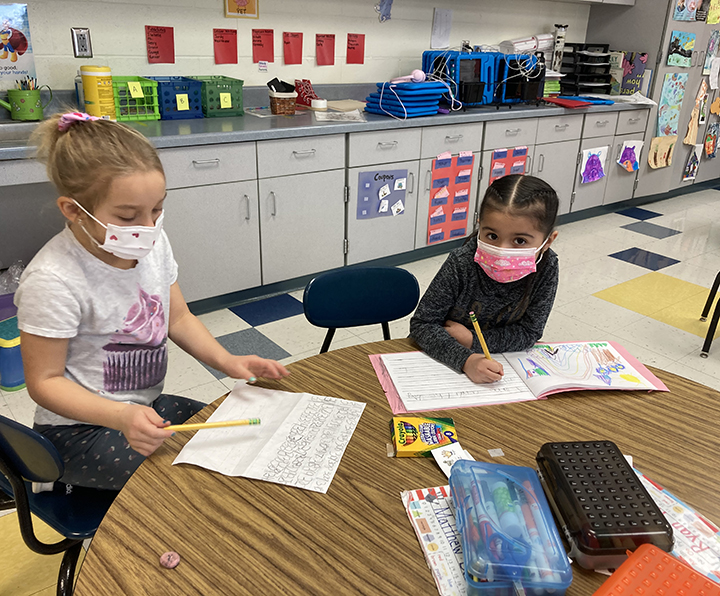
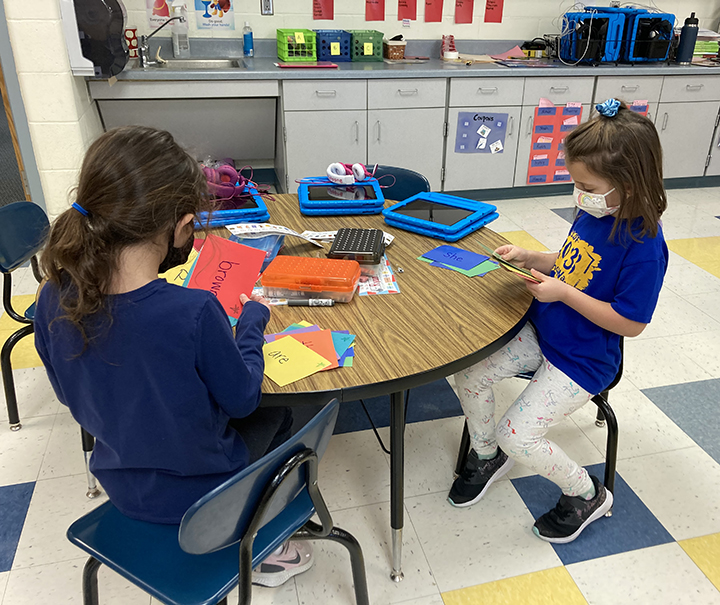
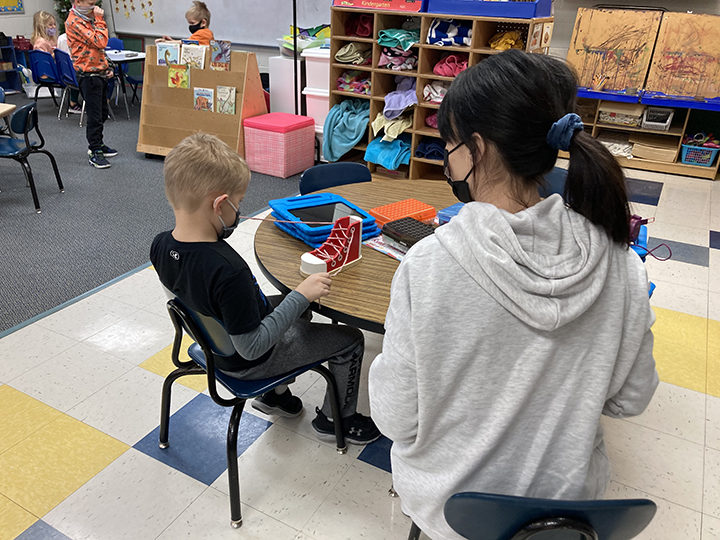
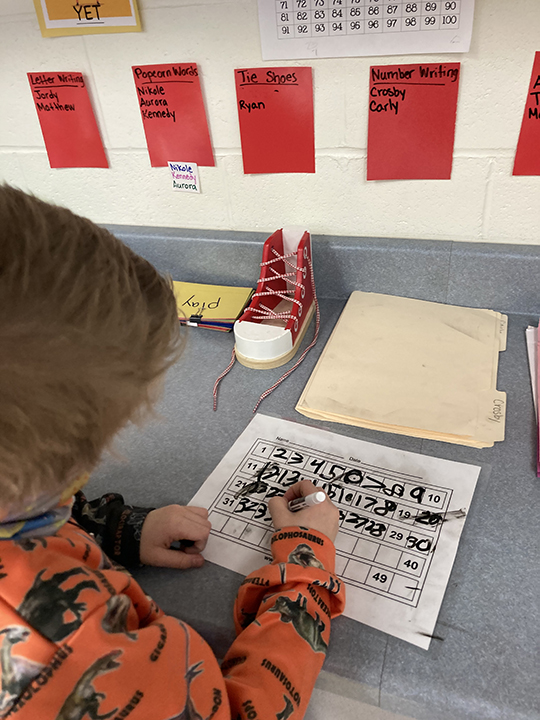
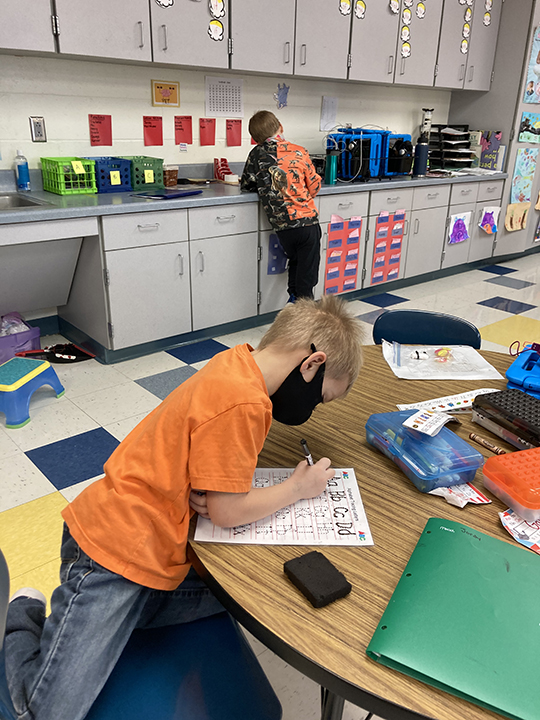
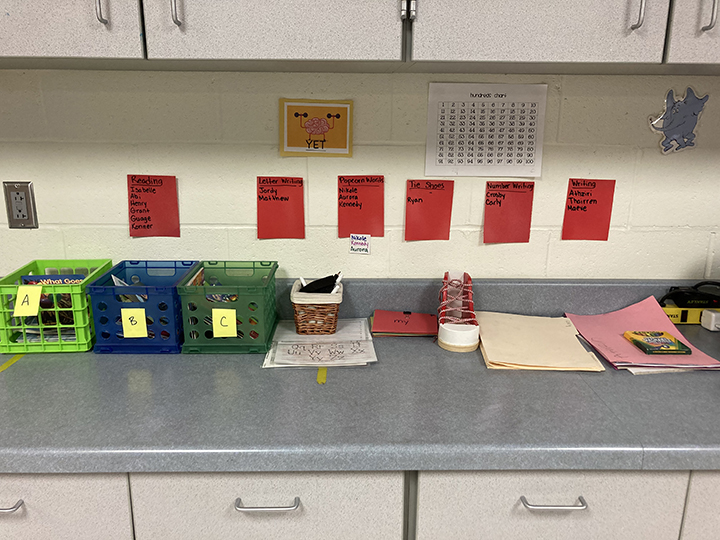


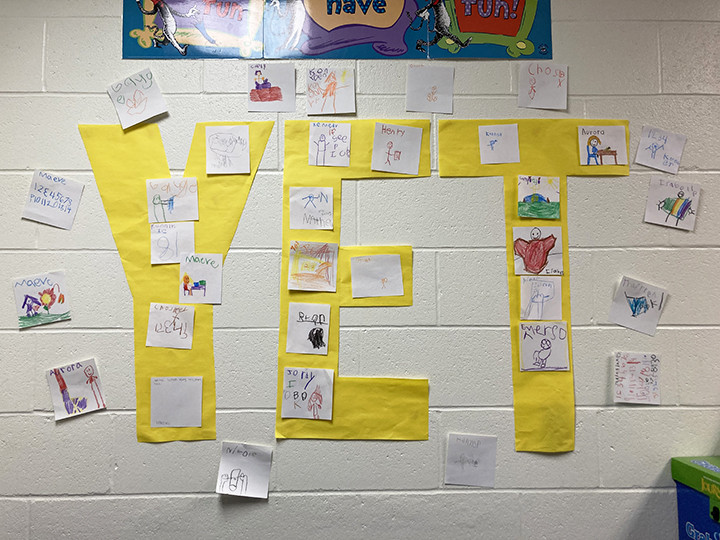 Launch the media gallery 1 player
Launch the media gallery 1 player